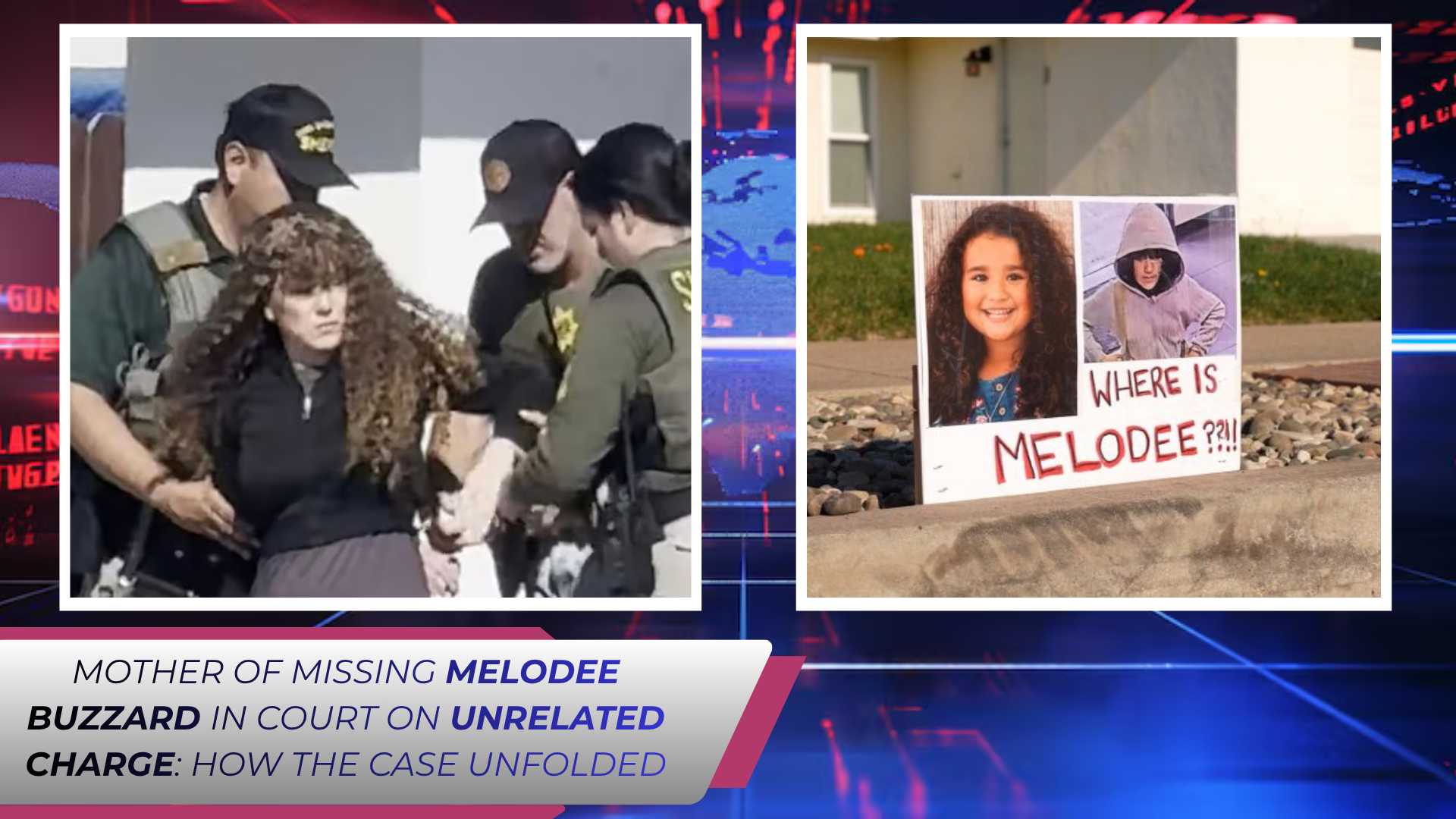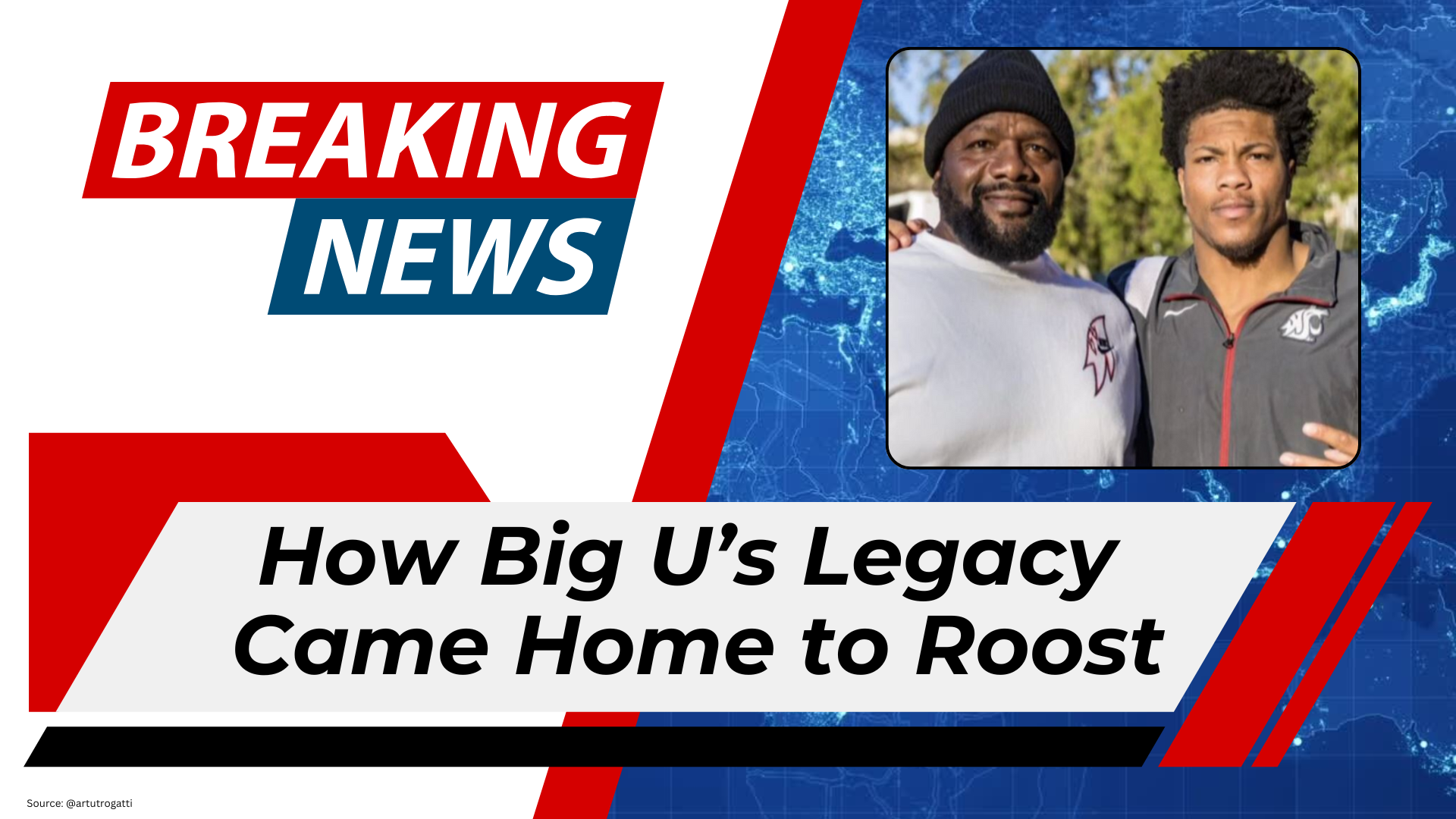Organized crime lurks in shadows—powerful, secretive, and resilient. These networks transcend borders, corrupt systems, and manipulate economies, all while avoiding detection. They are not just gangs in alleys; they are transnational syndicates, mafia families, cartel empires, and white-collar rings working in tandem. In this blog, we will explore why organized crime is so dangerous, how it operates, and what measures are being taken to fight it.
What Is Organized Crime?
Organized crime refers to structured groups of people acting in concert to engage in illegal activities—often on a large scale—with the aim of generating profit, controlling territories, or enforcing power. Key features include:
- Hierarchical structure (bosses, lieutenants, foot soldiers)
- Use of violence, intimidation, bribery
- Penetration into legitimate businesses and public institutions
- Global reach (money laundering, trafficking, cybercrime)
Mafia families, drug cartels, racketeering groups, and smuggling syndicates all fall under this umbrella.
How Organized Crime Operates
- Diversification of Crimes
A single cartel may handle drug trafficking, arms smuggling, extortion, and money laundering at the same time. - Corruption and Political Influence
By bribing officials or threatening them, organized crime ensures silence or cooperation. - Financial Manipulation
Through shell companies, offshore accounts, and fake invoices, dirty money is “cleaned” and reintroduced into the legal economy. - Violence and Fear
Assassinations, kidnappings, and extortion maintain their dominance and silence opponents. - Community Control
In many places, local businesses are forced to pay “protection money” or risk violent retaliation.
Why Organized Crime Thrives
- Weak Governance: Corrupt or underfunded institutions give criminals room to grow.
- Globalization: Easier trade and communication help smuggling and financial crimes.
- High Demand: Drugs, illegal arms, human trafficking, and contraband remain profitable.
- Technological Edge: Encrypted messaging, dark web, and cryptocurrency aid secrecy.
- Low Risk of Conviction: Powerful defense lawyers, witness intimidation, and weak laws often keep bosses out of jail.
Impact on Society
Organized crime is not only about illegal profits; its influence erodes entire systems.
- Political Corruption: Criminals infiltrate governments, weakening democracy.
- Economic Damage: Fair competition is destroyed, businesses close, and investors withdraw.
- Public Fear: Violence, shootings, and kidnappings instill constant insecurity.
- Social Harm: Families are torn apart, and younger generations are recruited into gangs.
Law Enforcement Strategies
- International Cooperation: Countries must work together since criminal networks cross borders.
- RICO and Anti-Racketeering Laws: Prosecuting entire criminal enterprises, not just individuals.
- Witness Protection: Safeguarding insiders who testify against powerful groups.
- Financial Tracking: Following money trails to shut down laundering networks.
- Community Engagement: Strengthening vulnerable communities reduces reliance on crime syndicates.
The Future of Organized Crime
- Digital Syndicates: Cybercrime networks may become the new “mafia families.”
- Crypto Laundering: Virtual currencies will increasingly mask illegal profits.
- Fragmented Networks: Instead of one large cartel, smaller agile groups will cooperate loosely.
- State-Crime Alliances: In unstable regions, governments and crime groups may merge interests.
Organized crime constantly adapts, making it one of the hardest challenges of modern times.




.png)
.jpg)


